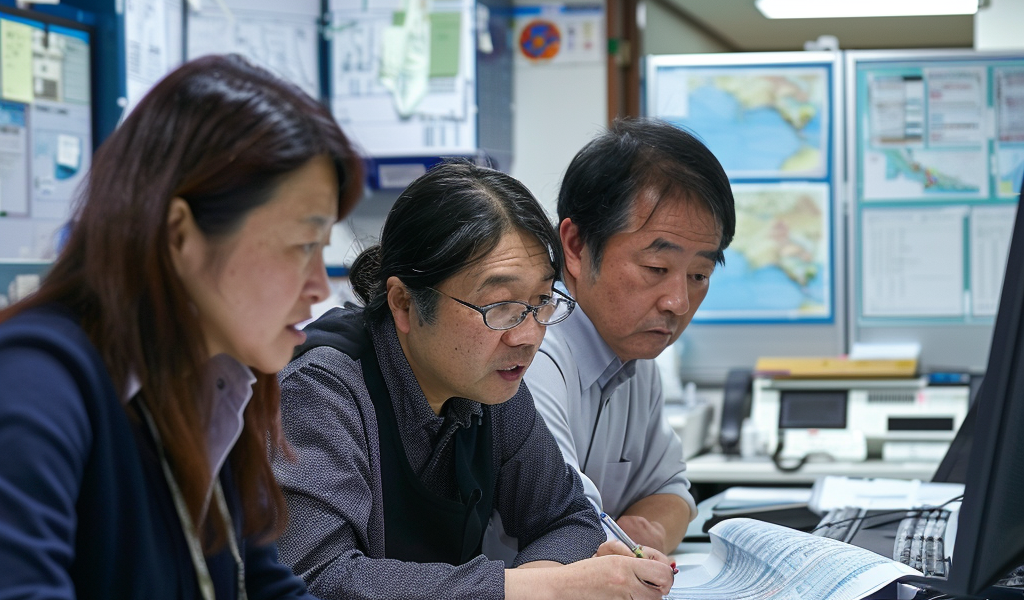Researchers from Tokyo Tech have uncovered the reasons behind the severity of the 2024 Iida Bay Tsunami, shedding light on the local amplification of the recent tsunamis in the region. Various factors such as ocean floor topology, coastline shape, coastal facility locations, and seismic mechanisms linked to earthquakes played a role in intensifying the tsunamis, emphasizing the necessity for more accurate tsunami prediction technologies to enhance preparedness for future occurrences.
In January 2024, a powerful 7.5 magnitude earthquake hit Japan’s Noto Peninsula, triggering significant shaking, landslides, fires, liquefaction, land uplift, and destructive tsunamis. The quake led to at least 241 fatalities in Ishikawa Prefecture, with approximately 75,187 homes suffering damage. While the Noto Peninsula has a history of seismic and tsunami activity, the 2024 tsunamis exhibited distinct characteristics.
Reports confirmed tsunamis ranging from 1.3 to 5.8 meters in height in Ishikawa, Toyama, and Niigata prefectures. However, the tsunamis that struck Iida Bay, close to the earthquake’s epicenter, were notably more intense and higher compared to other coastal areas. Iida Bay experienced tsunamis exceeding three meters in height, with Ukai Fishing Port and its surroundings bearing the brunt of the flooding, extending up to 500 meters inland. The collapse of sections of the breakwater at Iida Port indicated a concentrated and amplified tsunami event driven by unique mechanisms.
Addressing the amplification mystery, a team of scientists led by Professor Hiroshi Takagi from Tokyo Institute of Technology delved into the factors behind the heightened severity of the 2024 Noto Peninsula tsunamis. The study underscores the importance of implementing advanced countermeasures to safeguard against unprecedented tsunamis like those witnessed during the 2024 Noto Peninsula earthquake.





